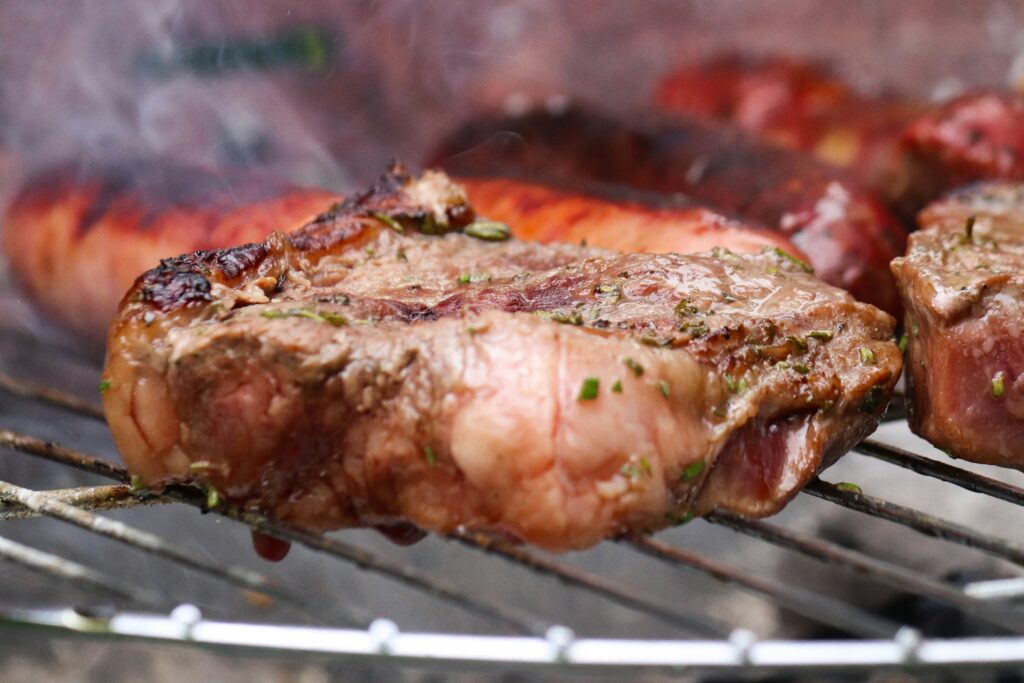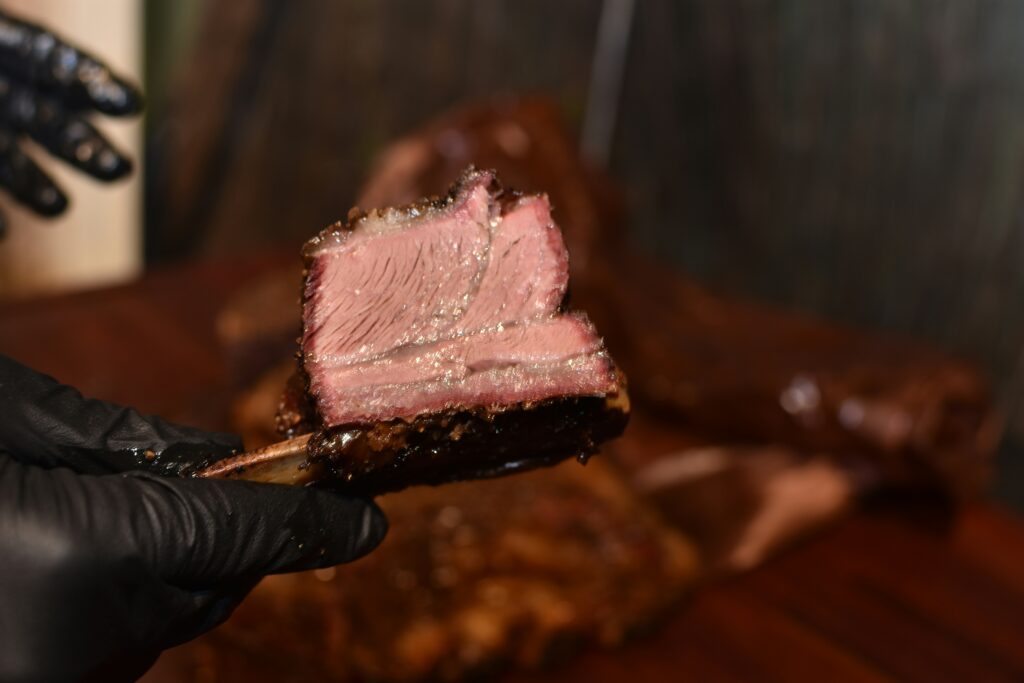The Art of Patience: Allowing Meat to Rest Post-Cooking
Imagine this: You’ve spent hours preparing the perfect steak. The aroma fills your kitchen, promising a feast for the senses. But there’s one final step that stands between you and culinary perfection—letting the meat rest. While it might be tempting to cut into that succulent steak immediately, understanding the importance of this resting period can transform your cooking from good to extraordinary.

Unlocking Flavors and Textures: The Science Behind Resting
When meat cooks, the heat causes its fibers to contract, moving the juices towards the middle. Cutting into it too soon means all those delicious, concentrated flavors spill out, leaving a drier, less appetizing meal. However, allowing the meat to rest gives the fibers time to relax and reabsorb these juices, distributing them evenly throughout. This not only improves the taste but also guarantees that each bite is tender and juicy.
The Perfect Rest: Timing and Technique
The general rule of thumb is to let meat rest for approximately 5 to 10 minutes per pound. Larger roasts might need more time, while smaller cuts can get by with less. During this period, loosely tenting the meat with foil can keep it warm without cooking it further. This gentle approach allows the temperatures inside the meat to equalize, ensuring that your final product is cooked evenly and retains its moisture.
Beyond Steak: Resting Across the Board
While steaks are often the poster child for this technique, the principle applies to all types of meat. From poultry to pork, allowing time to rest can drastically enhance the texture and flavor. This practice is especially crucial for larger holiday roasts or barbecue briskets, where the difference between dry and delectable can hinge on this simple act of patience.
The Ripple Effect: How Resting Improves Overall Dining
Beyond the immediate benefits to texture and taste, resting meat also improves the overall dining experience. It provides a window to finish up your side dishes, ensuring that everything hits the table hot and ready. Moreover, it makes carving easier, as the meat holds its shape better when it’s not overflowing with hot juices. This controlled carving results in more attractive, appetizing slices that are sure to impress your guests.
Embracing the Wait: A Shift in Cooking Philosophy
Incorporating a resting period into your cooking routine is more than just a technical step; it’s a shift towards a more mindful and patient approach to food. It’s an acknowledgment that the best things come to those who wait and that a moment of patience can elevate a simple meal to a memorable feast.

In conclusion, allowing your meat to rest after cooking is not just a minor detail; it’s a critical component of the culinary process. By learning and using this process, you can enhance the flavor, texture, and overall enjoyment of your meals. So the next time you’re tempted to slice into that steaming steak straight from the grill, remember that good things come to those who wait—and that the art of resting meat might just be the secret ingredient your cooking has been missing.
